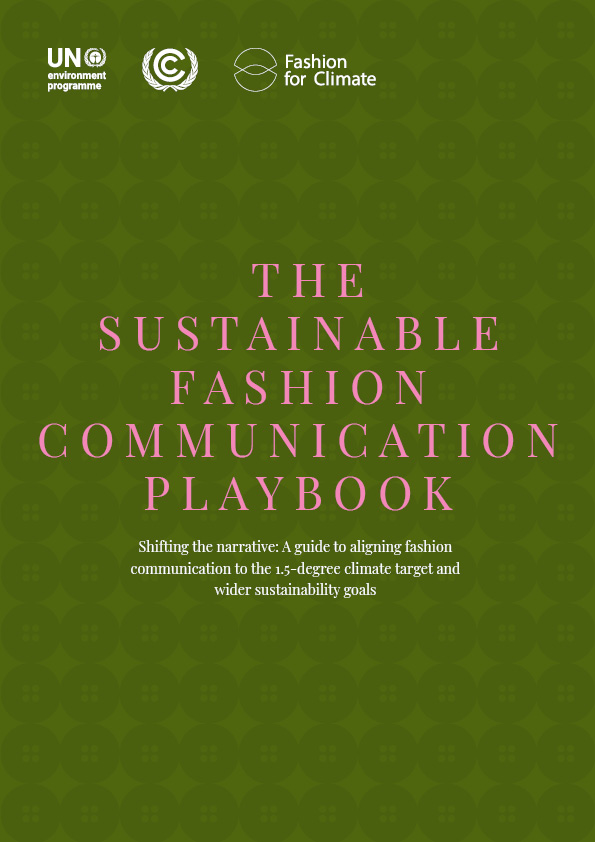Policy Recommendations towards a zero waste textiles industry
In Europe we are facing a growing mountain of used textiles. Latest research shows that in North-West Europe (NWE) 4700 kilo tonnes of post-consumer textile waste (PCT) is generated annually. While the European, national and regional governments have expressed their ambitions to transition to a circular economy for textiles, the reality is that less than 1% of textiles collected are currently recycled into new ones, and around half of them are being downcycled, incinerated or landfilled.
Within this report, policy recommendations are formulated showing the instruments that regional, national and the European governments have at their disposal to allow the Fibersort, as well as other automated sorting technologies, to live up to their full potential.
Throughout this document, policy recommendations are categorised according
to the policy intervention categories formulated by Circle Economy in the report
‘The role of municipal policy in the circular economy’3. The conclusions chapter of
this report analyses the types of instruments required to tackle the barriers for
commercialisation of the Fibersort technology:
to the policy intervention categories formulated by Circle Economy in the report
‘The role of municipal policy in the circular economy’3. The conclusions chapter of
this report analyses the types of instruments required to tackle the barriers for
commercialisation of the Fibersort technology:
Regulatory and legislative instruments,
are designed to achieve compliance through enforcement
(prohibitive or prescriptive). Next to enforcement, regulatory
instruments give strategic direction to stimulate focused
action or coordinate and implement policies. As such,
governments can issue concrete guidelines and frameworks
or compulsory legal rules and objectives for the circular
economy. Examples of regulatory instruments are: bans,
performance standards, monitoring, strategy and targets or
labelling.
Economic instruments,
are designed to influence stakeholder behaviour by making
use of, and influencing market dynamics through fiscal,
economic or financial incentives. They serve to overcome
market entry barriers, market failures and financial barriers
that impede efforts to comply with regulations or create
socially desirable outcomes. As such, economic instruments
harness market dynamics to influence behaviour and
decisions by changing prices, imposing or exempting taxes
or mandating carbon accounting. Examples of economic
instruments are: subsidies, grants or public procurement.
Soft instruments,
create boundary conditions to smoothen the transition to the
circular economy by influencing knowledge levels, collaboration
and network structures and governance structures. They
represent essential means to accelerate the transition towards
the circular economy. Examples of soft instruments are:
information campaigns, education programmes, matchmaking
platforms and institutional design.

